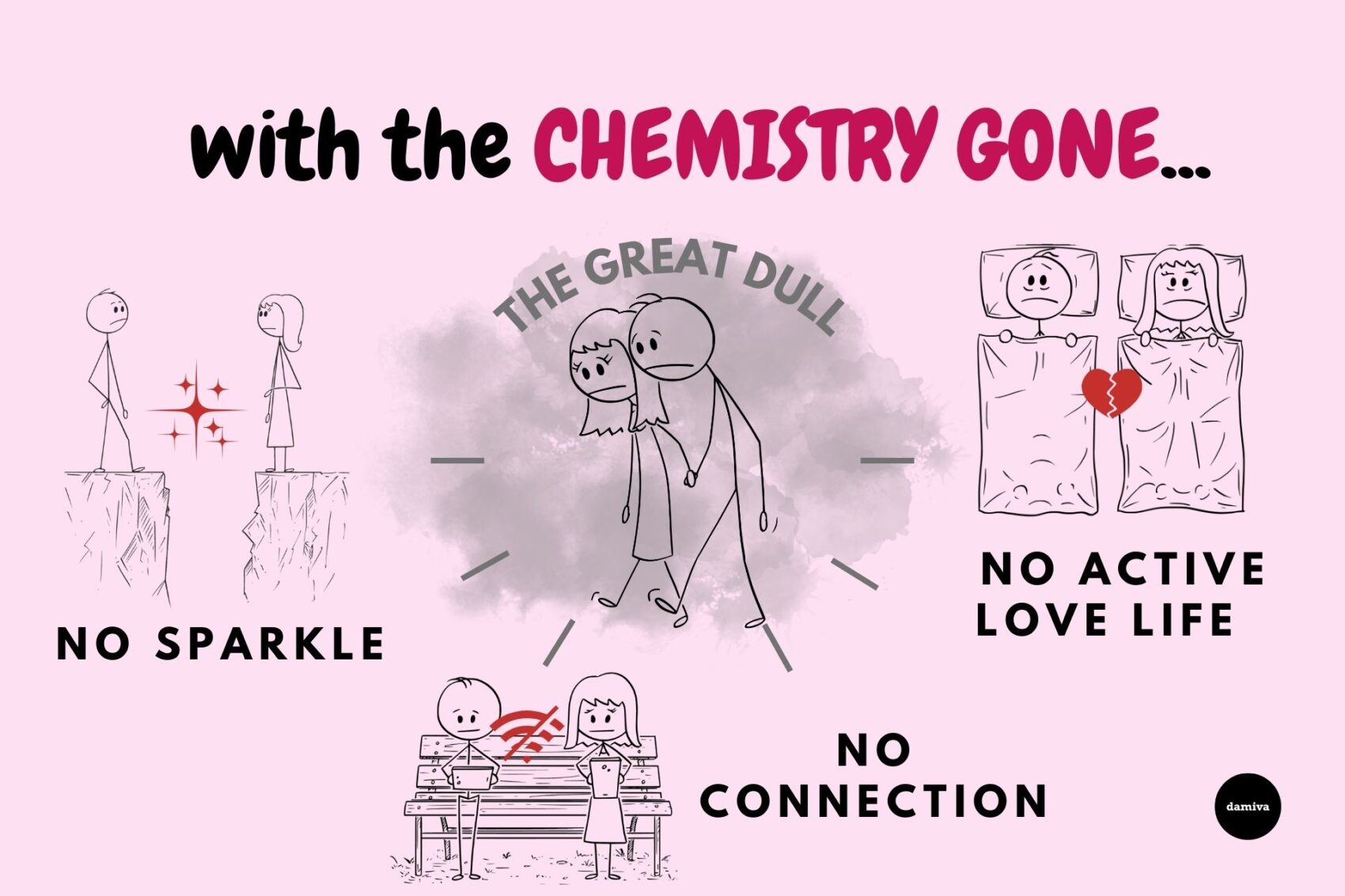Background and Significance
The intersection of sexuality and menopause has long been a subject of both medical interest and cultural commentary. As women approach the natural end of their reproductive years, they often experience a range of physiological changes that can affect their sexual health and frequency of sexual activity. The menopausal transition, characterized by hormonal fluctuations and the eventual cessation of menstruation, has been associated with various sexual dysfunctions, including decreased libido, vaginal dryness, and dyspareunia. These changes can significantly impact quality of life and well-being.
Study Overview
The Study of Women’s Health Across the Nation (SWAN) is a multi-center, longitudinal, epidemiologic study designed to examine the health of women during their middle years. The study has provided valuable insights into the prevalence and predictors of sexual dysfunction among menopausal women. By utilizing a diverse cohort of women, SWAN has shed light on how sexual frequency correlates with the age of natural menopause, offering a unique perspective on the biological and psychosocial factors that influence this aspect of women’s health.
The purpose of this article is to delve into the association between sexual frequency and the age of natural menopause, as revealed by the SWAN study. We aim to explore the complex interplay between sexual activity and menopausal timing, considering the influence of genetic, behavioral, and socioeconomic factors. The scope of this article encompasses a detailed analysis of the methodological framework of the study, the various factors influencing the age of natural menopause (ANM), and the implications of these findings for women’s health and evolutionary biology. By examining the pheromone hypothesis and alternative explanations, we seek to provide a comprehensive understanding of the relationship between sexual behavior and menopause.
Methodological Framework
Study Sample Description
The Study of Women’s Health Across the Nation (SWAN) is a multi-site, longitudinal, epidemiologic study designed to examine the health of women during their middle years. The study sample consisted of 2936 women who were recruited to be representative of the United States population in terms of race/ethnicity, socioeconomic status, and health status. Inclusion criteria for the baseline cohort included being aged between 42 and 52, having an intact uterus and at least one ovary, not being pregnant, having experienced a menstrual cycle within the past three months, and self-identifying as one of the five pre-specified racial/ethnic groups.
Data Collection and Longitudinal Approach
Data collection for SWAN began with the baseline interview in 1996/1997 and continued with 10 follow-up visits through 2007. The longitudinal nature of the study allowed for the examination of changes in sexual frequency and other variables over time, as well as the relationship between these changes and the age of natural menopause (ANM).
Variables and Measures
The primary variable of interest was the timing of natural menopause, defined as 12 consecutive months of amenorrhea without an alternative medical cause. Sexual frequency was assessed using a time-varying ‘sex index’ derived from responses to questions about sexual habits, including intercourse, oral sex, sexual touching, and masturbation. The study also considered exposure to male pheromones as a potential mediator, using male household presence as a proxy. Covariates included marital status, smoking habits, body mass index (BMI), race, educational attainment, parity, age of menarche, serum estradiol levels, and self-perceived overall health.
Statistical Analysis Techniques
Time-varying Cox proportional hazards modeling was employed to conduct an event history analysis, which allowed for the examination of the risk of entering menopause in relation to sexual frequency and other variables. The age of the participant was used as the time-scale in the models. Model selection was based on the Akaike information criterion (AIC), with the best fitting model having the lowest AIC value. The analysis was carried out using R software, with packages specifically designed for survival analysis.
Factors Influencing Age of Natural Menopause (ANM)
Genetic and Biological Determinants
The timing of natural menopause (ANM) is a complex trait influenced by a myriad of genetic and biological factors. Studies have consistently shown that a woman’s age at menopause is strongly correlated with her mother’s age at menopause, suggesting a heritable component. Genetic determinants such as polymorphisms in estrogen-metabolizing genes can also play a significant role. Furthermore, biological processes such as follicle aging, granulosa cell apoptosis, and epigenetic factors contribute to the depletion of ovarian reserve, leading to menopause. The interplay of these genetic and biological determinants sets the stage for the onset of menopause, which can vary significantly among individuals.
Behavioral and Lifestyle Influences
Lifestyle choices and behaviors have a profound impact on the timing of ANM. Smoking has emerged as a major risk factor for earlier onset of menopause, with studies indicating that smokers may experience menopause one to two years earlier than non-smokers. The toxic effects of smoking on ovarian function, including the induction of follicular apoptosis, are thought to be responsible for this association. Other lifestyle factors such as body mass index (BMI) and physical activity also influence ANM. Higher BMI is often associated with later onset of menopause, while excessive physical activity can lead to earlier menopause. These behavioral influences are modifiable, and changes in lifestyle could potentially alter the timing of menopause.
Socioeconomic and Cultural Considerations
Socioeconomic status (SES) and cultural background are also associated with the age of natural menopause. Women with higher SES and education levels tend to experience later onset of menopause, which could be attributed to better health behaviors and access to healthcare. Cultural practices and norms, including diet, reproductive patterns, and occupational exposures, can also influence menopausal timing. For instance, certain dietary patterns prevalent in specific cultures may affect hormonal balance and thus impact the age at which menopause occurs. Additionally, cultural attitudes towards menopause can shape women’s experiences and perceptions of this life stage, influencing their reporting of menopausal symptoms and possibly the age at which menopause is recognized.
Sexual Frequency and Menopause Timing
Hypothesis on Sexual Activity as a Mediator
The relationship between sexual frequency and the timing of natural menopause (ANM) has been a subject of interest in the field of women’s health. The underlying hypothesis posits that sexual activity may serve as a bio-behavioral mediator that influences the onset of menopause. This hypothesis suggests a biological trade-off: if a woman is sexually inactive, the likelihood of pregnancy is null, rendering continued ovulation energetically non-adaptive. Conversely, regular sexual activity may signal the possibility of pregnancy, prompting the body to invest in ovulation and delay menopause. This concept aligns with the Grandmother Hypothesis, which theorizes that menopause evolved to allow women to invest more in their kin rather than in direct reproduction.
Analysis of Sexual Frequency Data
Data from the Study of Women’s Health Across the Nation (SWAN) provides a comprehensive look at the sexual behaviors of nearly 3,000 women over a ten-year period. The analysis revealed that women engaging in sexual activity weekly were 28% less likely to experience menopause compared to those with less than monthly sexual encounters. This association persisted even after adjusting for various confounders such as estrogen levels, education, body mass index, and smoking habits. The frequency of sexual activity was categorized into weekly, monthly, and less than monthly, with weekly activity showing the strongest inverse relationship with ANM.
Interpreting the Impact of Sexual Behavior
The interpretation of these findings suggests that sexual behavior may indeed have an adaptive role in the timing of menopause. The body’s investment in ovulation as a response to sexual activity could be a mechanism to maximize reproductive opportunities. This is supported by the lack of evidence for the pheromone hypothesis, which posited that exposure to male pheromones could delay ANM. Instead, the data indicates that the act of sexual activity itself, rather than the mere presence of a male partner, is associated with later menopause onset.
It is important to note that while sexual activity appears to be associated with delayed menopause, it is not a definitive preventative measure against the cessation of reproductive function. Menopause is an inevitable stage in a woman’s life, but these findings suggest that the body’s reproductive system may be more responsive to sexual behavior patterns than previously understood. Further research is needed to explore the biological mechanisms at play and to confirm whether sexual frequency can be considered a modifiable factor in menopause timing.







The Pheromone Hypothesis and ANM
Review of the Pheromone Hypothesis
The pheromone hypothesis posits that exposure to male pheromones can influence a woman’s reproductive physiology, potentially affecting the timing of natural menopause (ANM). This hypothesis stems from observations that married women, who are presumably more frequently exposed to male pheromones due to cohabitation, tend to experience ANM later than unmarried women. Pheromones are chemical signals secreted by an individual and detected by others of the same species, influencing their behavior or physiology. In the context of human reproduction, it has been suggested that male pheromones could impact the regularity of menstrual cycles and, by extension, the onset of menopause.
Testing the Pheromone Hypothesis
Recent research, including data from the Study of Women’s Health Across the Nation, has sought to test the pheromone hypothesis by examining the association between sexual frequency, as a proxy for pheromone exposure, and ANM. The study utilized a longitudinal approach, analyzing data from 2936 women over 11 waves. Time-varying Cox regression models were employed to assess the relationship between sexual activity and the risk of entering menopause. Contrary to the pheromone hypothesis, the study found no evidence supporting the idea that exposure to male pheromones delays ANM. Instead, it was observed that women who reported having sex weekly were 28% less likely to experience menopause than those who had sex less than monthly, suggesting that sexual frequency itself, rather than indirect pheromone exposure, may be associated with ANM.
Alternative Explanations and Critique
While the pheromone hypothesis presents an intriguing potential explanation for variations in ANM, the lack of evidence for its role necessitates consideration of alternative explanations. One such alternative is the bio-behavioural mediator hypothesis, which suggests that the physical act of sex may provide cues to the female body about the likelihood of pregnancy, influencing the trade-off between continued ovulation and the onset of menopause. This hypothesis aligns more closely with the observed data, indicating that sexual activity may have a direct impact on reproductive physiology.
Critics of the pheromone hypothesis also point out the complexity of human sexual and social behavior, which may not be adequately captured by simple measures of pheromone exposure. Additionally, the existence and functional role of human pheromones remain controversial, with no definitive evidence proving their influence on reproductive outcomes. As such, while the pheromone hypothesis remains a topic of interest, current research does not support its role in determining the age of natural menopause.

Discussion
Interpretation of Findings
The Study of Women’s Health Across the Nation (SWAN) has provided valuable insights into the relationship between sexual frequency and the age of natural menopause (ANM). The findings suggest a complex interplay between sexual activity and menopausal timing, with higher sexual frequency potentially associated with a later onset of menopause. This relationship may be influenced by the hormonal changes that accompany sexual activity, which could have a protective effect on ovarian function, thereby delaying menopause.
It is important to note that while the association between sexual frequency and ANM is significant, it does not imply causation. Sexual activity may be a marker of overall health or other factors that contribute to later menopause. Additionally, the psychosocial benefits of an active sex life, such as improved mood and stress reduction, could indirectly influence menopausal timing.
Implications for Evolutionary Biology
The association between sexual frequency and ANM may have evolutionary implications. From an evolutionary perspective, the prolongation of reproductive potential through increased sexual activity could offer an advantage by extending the period for potential offspring. This aligns with the concept that natural selection favors traits that enhance reproductive success. However, in modern human societies, the evolutionary pressures that shaped reproductive strategies in ancestral environments may not be as relevant.
Furthermore, the findings challenge the traditional view that menopause is a fixed biological milestone. Instead, they suggest that lifestyle factors, including sexual behavior, may influence reproductive aging. This could lead to a reevaluation of the biological and evolutionary factors that determine the timing of menopause.
Limitations and Future Research Directions
While the SWAN study provides compelling data, there are limitations to consider. The study’s observational nature limits the ability to establish causality. Future research should aim to understand the mechanisms underlying the observed association, potentially through longitudinal studies that can track hormonal changes alongside sexual activity patterns over time.
Another limitation is the reliance on self-reported data, which may be subject to recall bias or social desirability bias. Objective measures of sexual activity and hormonal levels could provide more accurate data. Additionally, the study population may not be representative of all demographic groups, and further research is needed to explore these associations in diverse populations.
Future research should also consider the role of sexual satisfaction, partner status, and quality of sexual relationships, as these factors may influence both sexual frequency and hormonal health. Investigating the impact of interventions aimed at improving sexual function and satisfaction on the timing of menopause could offer practical applications for women’s health.
In conclusion, the SWAN study’s findings contribute to a growing body of evidence suggesting that sexual frequency is associated with the timing of natural menopause. While the implications for evolutionary biology are intriguing, further research is needed to fully understand the mechanisms and causal relationships. Addressing the limitations of the current study and exploring the role of sexual health interventions could provide valuable insights into women’s reproductive health and well-being.
Do you know the three main ways that your body gets in touch with harmful chemicals with everyday products? Knowledge is Power!
The Ultimate Detox Guide will tell you how to lower your exposure to harmful chemicals!

Conclusion
The Study of Women’s Health Across the Nation has provided valuable insights into the relationship between sexual frequency and the timing of natural menopause. The key findings indicate that women who engage in sexual activity on a weekly basis are 28% less likely to experience menopause at any given age compared to those who have sex less than monthly. This association persists even after adjusting for various factors such as estrogen levels, education, BMI, race, smoking habits, and overall health. The study’s longitudinal approach, encompassing a diverse cohort of 2,936 women over a ten-year follow-up period, underscores the robustness of these findings.
Broader Impacts on Women’s Health
The implications of these findings are far-reaching for women’s health. Understanding the factors that influence the timing of menopause can help in anticipating and managing the associated health risks and symptoms. The study suggests that sexual activity may play a role in delaying menopause, potentially impacting women’s fertility decisions, family planning, and overall quality of life during midlife transitions. Additionally, these results contribute to the broader discourse on the Grandmother Hypothesis and the evolutionary biology of human reproduction.
Concluding Remarks
In conclusion, the association between sexual frequency and the age of natural menopause offers a new perspective on reproductive aging. While the inevitability of menopause remains, the findings from the SWAN study provide an initial indication that menopause timing may be more adaptive than previously understood. Further research is needed to explore the underlying biological mechanisms and to confirm these findings in different populations. Nonetheless, this study adds a significant piece to the puzzle of women’s reproductive health and highlights the importance of sexual activity as a potential factor in the timing of menopause.











